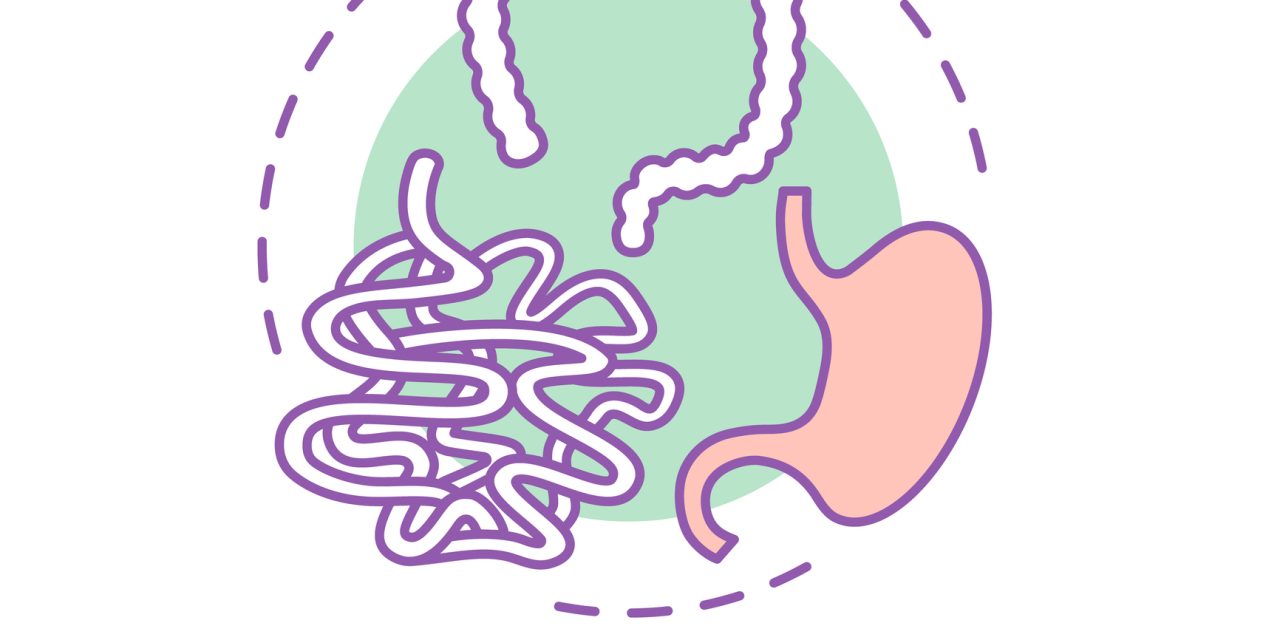The study’s goal was to determine the relationship between frequent opioid usage and illness phenotype, pain pattern, and burden in children and adolescents with acute recurring (ARP) or chronic pancreatitis (CP). A study of 19-year-old children with ARP or CP who were included in the INSPPIRE cohort. Based on patient and parent self-report, we classified patients as “frequent users” or “nonusers” of opioids. 17 percent of 427 children with ARP or CP reported regular opioid usage. Children with CP reported more frequent opioid usage than children with ARP. In a multivariate analysis, frequent opioid usage was linked to longer age at diagnosis, exocrine insufficiency, constant/severe pain, and a higher average pain impact score across all six functional domains. Children who used opioids often also missed more school days, were hospitalized, and went to the emergency department in the previous year than children who did not use opioids frequently. Participants from the United States’ West and Midwest made up 83 percent of regular opioid users but only 56 percent of the entire cohort.
Frequent opioid usage is related with persistent pain, increased healthcare utilization, and greater degrees of pain interference with functioning in children with CP or ARP. Longitudinal and prospective studies are needed to identify risk factors for frequent opioid use and to assess nonopioid therapies for pain and disability reduction in these children.


